Many years ago I bought a multi-function testing screwdriver, the instruction sheet (which I have mislaid) claimed you could use it for a surprising number of tasks:
- Continuity of fuses
- Mains voltage present (barrel marked "70-240V" and, amusingly, "CE")
- Locating a conductor break inside a mains-lead
- Checking your microwave oven for microwave leakage
If you hold the blade and place the top near a wall it lights up near buried 230V wiring (e.g. for light switches) but isn't very reliable.
If you touch the blade to an earthed condcutor (e.g. radiator or water-pipes) and press your finger on the metal cap, it lights up.
I took it apart, there is a 3-pin device in a TO-92 package labelled
KSP
13
-135
I guess this is some sort of transistor.
There is also what seems to be a very high value resistor (too high for my cheap multimeter to measure)
Inside the capsule are also a LED, a small resistor and two small button batteries.
Here are some photos
Surprisingly, it still works after I reassembled it.
I don't use it to test for 230VAC (I plan to get a non-contact tester for that)
I assume it relies somehow on AC and human capacitative coupling to earth? How does it work?
